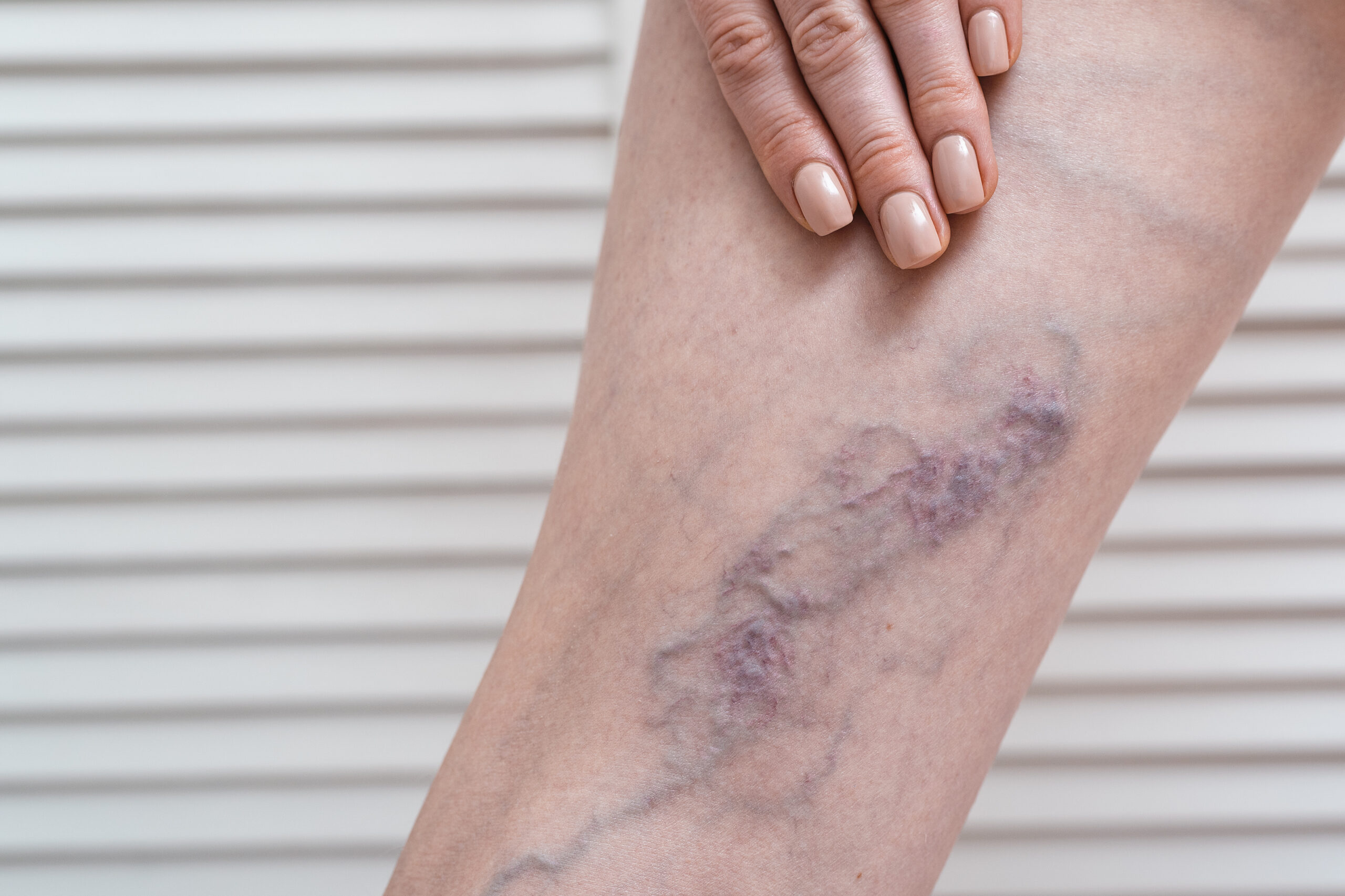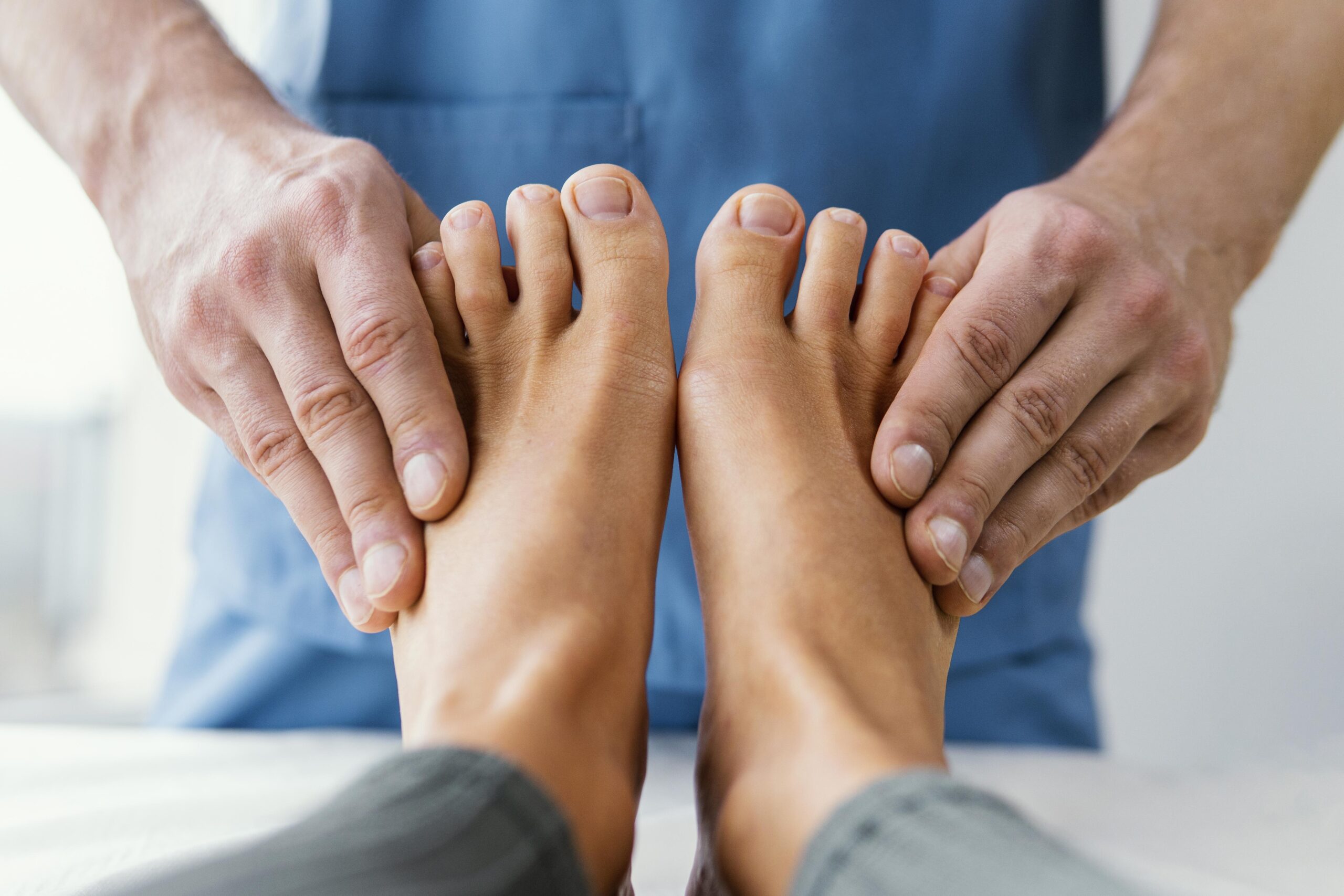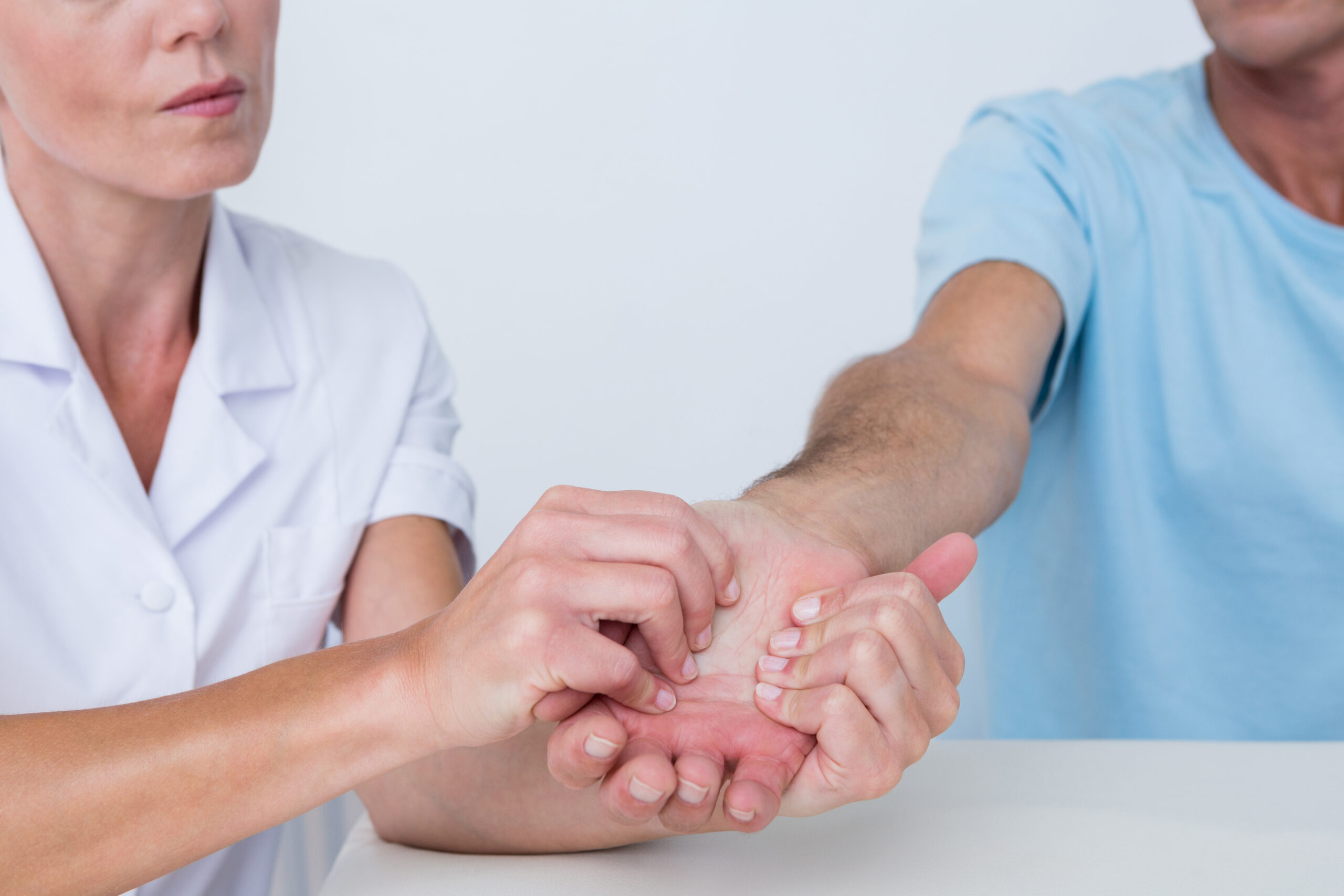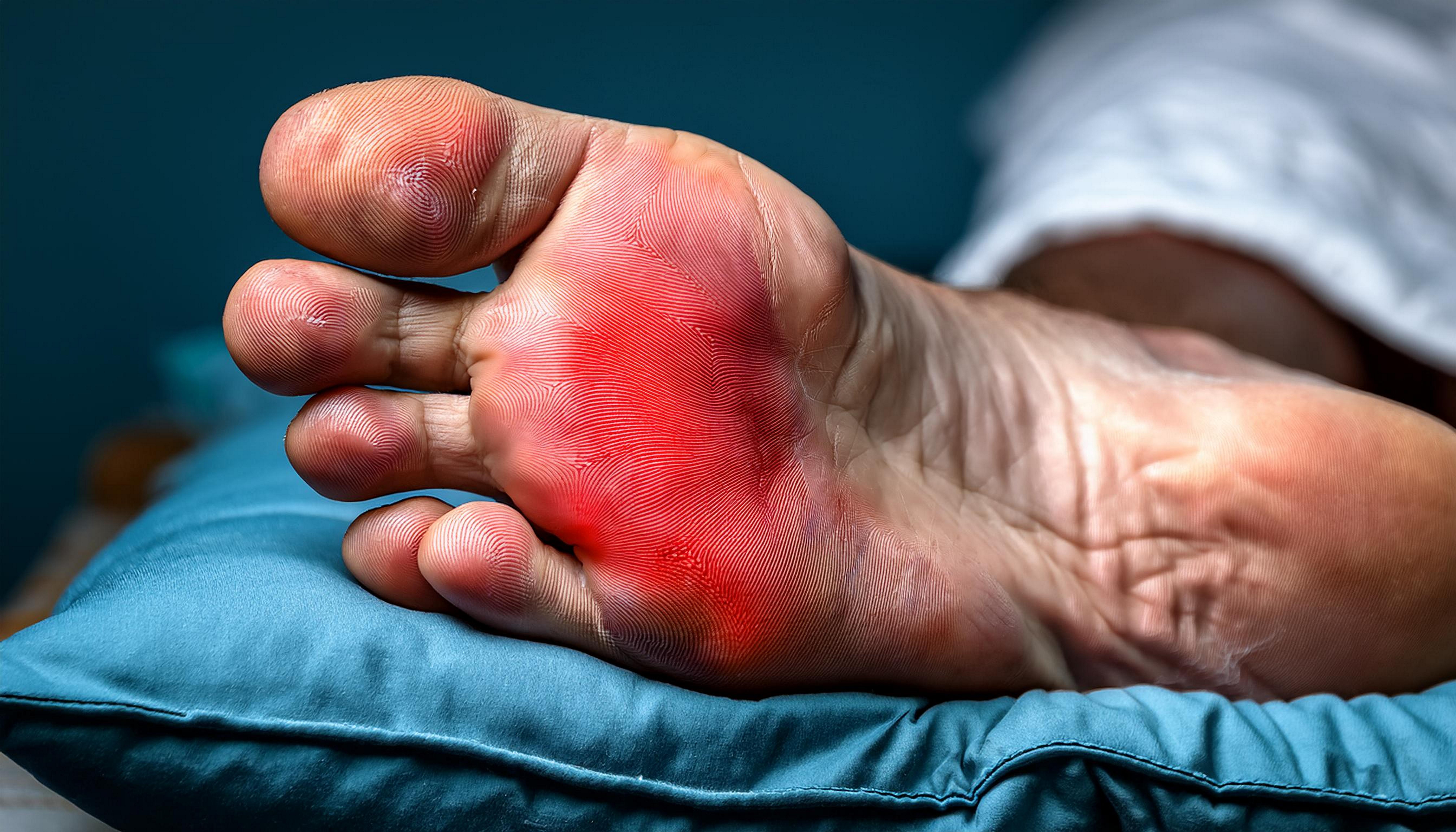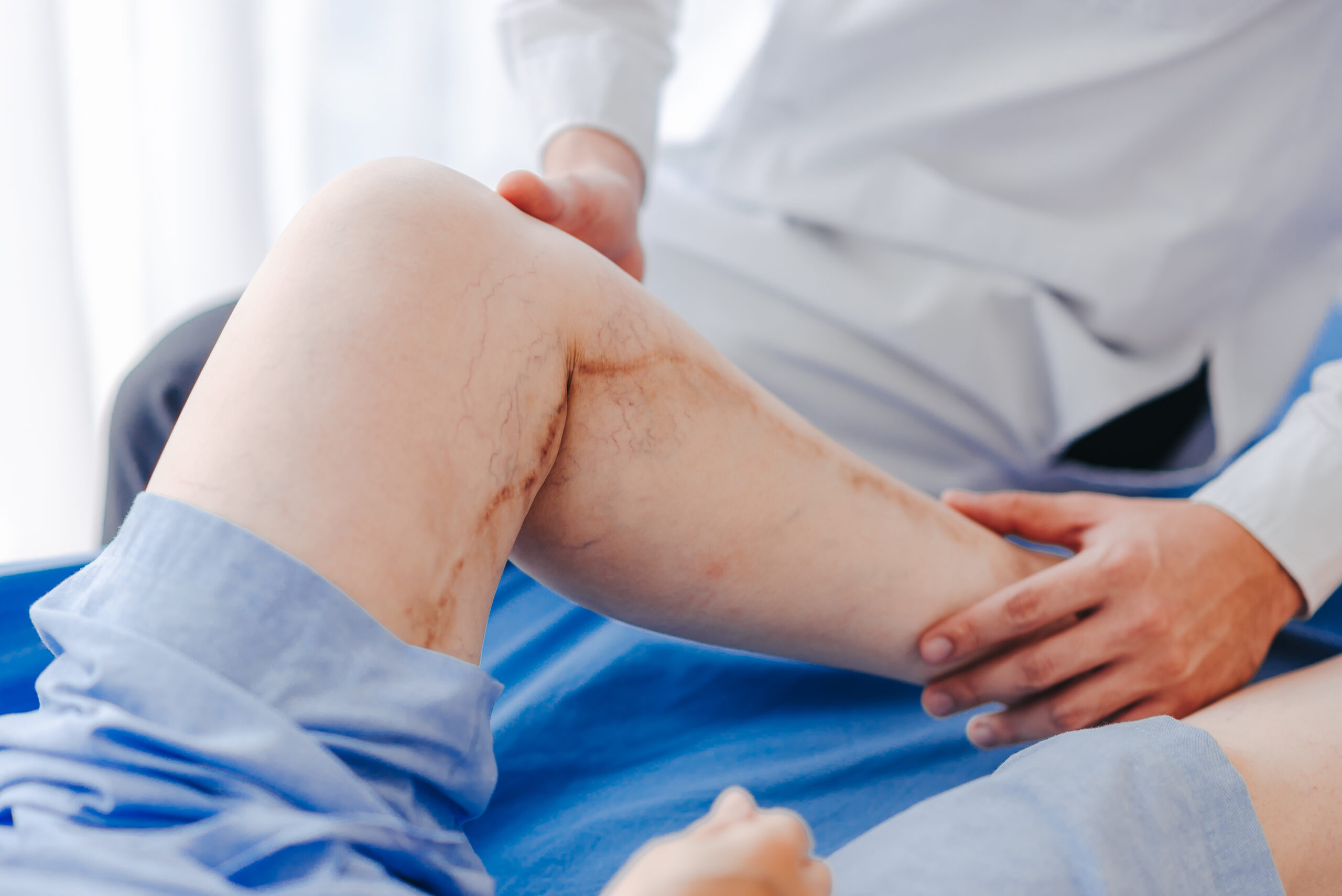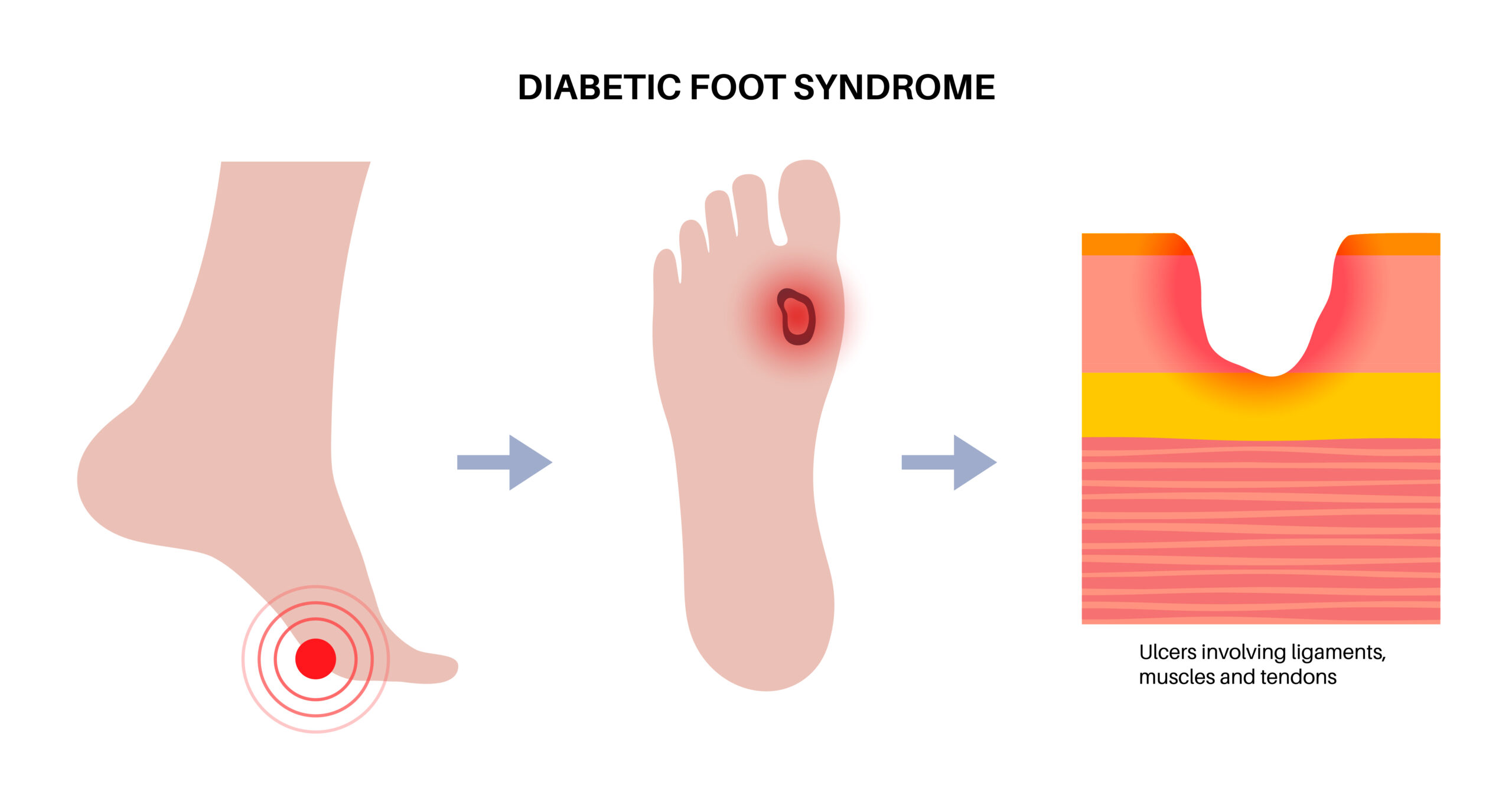
Diabetes can silently damage your feet — and a small sore can turn into a life-threatening ulcer if ignored. If you’re wondering how to identify a diabetic foot ulcer before it becomes serious, this guide by Asian Vascular Hospitals, Hyderabad is your must-read lifesaver.
🧠 What Is a Diabetic Foot Ulcer?
A diabetic foot ulcer is an open sore or wound, usually on the bottom of the foot, caused by poor circulation and nerve damage (neuropathy) in diabetic patients. These ulcers can become infected and lead to amputation if not treated early.
The good news? Early signs are easy to catch — if you know what to look for.
🔍 Early Signs of a Diabetic Foot Ulcer
Spot these warning signs early and consult a vascular specialist immediately:
- Red or discolored skin around a pressure point (toe, heel, or sole)
- Numbness, tingling, or burning sensation in the foot
- Unexplained swelling or warmth
- Blisters or open sores that don’t hurt
- Foul odor or discharge from the foot
- Hardened skin or calluses that crack
“The key is to catch it before it breaks the skin or causes infection. Prevention is easier than treatment.” — Dr. G.V. Praveen Kumar
🧬 Why Early Detection Matters
🛡️ Prevents serious infections and hospital admissions
🦵 Reduces the risk of limb amputation
💊 Enables simpler, non-invasive treatments
💰 Saves money on long-term wound care or surgeries
⏳ Increases healing speed and quality of life
🏥 Advanced Diabetic Foot Care at Asian Vascular Hospitals
At Asian Vascular Hospitals, Hyderabad, we specialize in treating diabetic foot ulcers with modern, minimally invasive techniques:
✅ Laser-assisted wound healing
✅ Debridement and advanced dressings
✅ Vascular Doppler scans to check circulation
✅ Pressure offloading devices
✅ Nutritional and diabetic management
📸 What a Diabetic Foot Ulcer Looks Like
- Visual signs include:
- Red, swollen or cracked skin
- Circular open sore with yellowish discharge
- Blackening (necrosis) of skin in severe cases
🛑 Warning: Even a painless sore can be dangerous. Diabetics often don’t feel pain due to neuropathy.
🗣️ Real Patient Story
“My mother’s small wound turned dark in 3 days. Asian Vascular caught it early and treated it without surgery. Their diabetic foot team is incredible.”— Harsha, Hyderabad
✅ Daily Checklist for Diabetics – Foot Self-Exam
- Wash and dry feet daily (especially between toes)
- Look for any blisters, swelling, or redness
- Check soles using a mirror or ask someone to help
- Avoid walking barefoot indoors or outside
- Never ignore foot pain or color change
- Get routine vascular screening every 6 months
📞 When to See a Specialist
📌 Signs You Need Urgent Attention:
- Persistent swelling
- Discoloration or foul odor
- Numbness or tingling
- Wound not healing in 7–10 days
📍 Visit: Asian Vascular Hospitals, Banjara Hills, Hyderabad
📞 Call: +91 81439 98831
🕒 Open: 07:00 AM – 11:00 PM daily
❓ FAQs – Diabetic Foot Ulcers
No. Even minor wounds can worsen. Professional care is essential to avoid complications.
Not always, but every wound must be monitored closely. Pain is often absent in early stages.
Limited walking may be allowed with offloading shoes or devices. Always follow your doctor's guidance.
Manage your blood sugar, inspect your feet daily, and get regular vascular checkups.
Yes. Specialists like Dr. Praveen Kumar treat diabetic wounds using advanced vascular techniques and prevent limb loss.
Don’t Ignore the Signs
Knowing how to identify a diabetic foot ulcer before it becomes serious could save your limb — and your life. Trust the specialists at Asian Vascular Hospitals for accurate diagnosis, compassionate care, and fast recovery.
🩺 One small step in awareness. One big leap for your health.
Recent Posts
- All Post
- blog
Related posts:
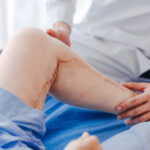 Trusted Vascular Hospital in Hyderabad: Where Advanced Care Meets Compassion
Trusted Vascular Hospital in Hyderabad: Where Advanced Care Meets Compassion
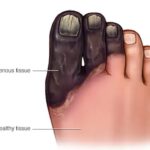 Gangrene Treatment in Hyderabad: Expert Care to Save Limbs and Lives
Gangrene Treatment in Hyderabad: Expert Care to Save Limbs and Lives
 Aneurysm Treatment in Hyderabad: Expert Care for Your Vascular Health
Aneurysm Treatment in Hyderabad: Expert Care for Your Vascular Health
 Diabetic Foot Treatment in Hyderabad: Expert Care for Healing and Prevention
Diabetic Foot Treatment in Hyderabad: Expert Care for Healing and Prevention
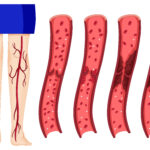 Best Vascular Surgeon Near Me – Expert Care at Asian Vascular Hospitals
Best Vascular Surgeon Near Me – Expert Care at Asian Vascular Hospitals
 Vascular Surgeon Meaning – Who They Are & What They Treat
Vascular Surgeon Meaning – Who They Are & What They Treat
 Best Vascular Surgeon – Everything You Need to Know Before Choosing One
Best Vascular Surgeon – Everything You Need to Know Before Choosing One
 Top Vascular Surgeon in Hyderabad – Expert Care That Heals & Protects
Top Vascular Surgeon in Hyderabad – Expert Care That Heals & Protects


